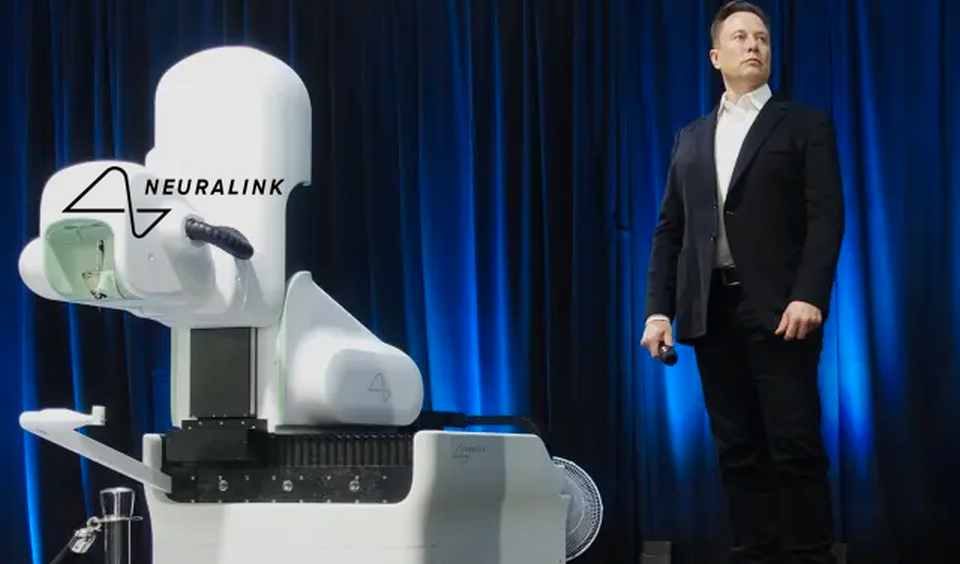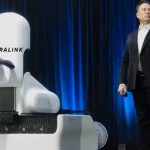Neuralink says part of its brain implant malfunctioned after putting the device in the first human patient

In a setback for Elon Musk’s brain tech startup, Neuralink, the company said on Wednesday that part of its brain implant malfunctioned after putting the device in the first human patient. Now, the company is weighing the option of removing the patient’s brain-chip implant.
In a blog post, Neuralink reported mechanical issues with the implanted device in 29-year-old Noland Arbaugh. In the weeks following the January surgery, Neuralink stated that some electrode-studded threads in the brain tissue retracted, causing device malfunction.
“In the weeks following the surgery, a number of threads retracted from the brain, resulting in a net decrease in the number of effective electrodes. This led to a reduction in BPS (Fig 04). In response to this change, we modified the recording algorithm to be more sensitive to neural population signals, improved the techniques to translate these signals into cursor movements, and enhanced the user interface. These refinements produced a rapid and sustained improvement in BPS, that has now superseded Noland’s initial performance,” Neuralink said.
Neuralink’s brain-computer interface (BCI) aims to assist paralysis patients in controlling external technology solely through brain signals. The Link system, detailed on its website, utilizes 1,024 electrodes across 64 threads thinner than human hair.
In January, Neuralink implanted the device in Noland for safety testing. A live video showcased Arbaugh using the BCI in March, with Neuralink reporting a successful surgery in April. However, Neuralink disclosed thread retractions from Arbaugh’s brain in a recent blog post. This reduced effective electrodes, impacting the measurement of Link’s speed and accuracy. The exact number of retractions wasn’t disclosed.
To address the issue, Neuralink adjusted the recording algorithm, improved the user interface, and refined signal translation for cursor movements. Despite the setback, Arbaugh reportedly uses Neuralink’s BCI extensively, finding it transformative in reconnecting with the world.
Following his surgery, Noland utilizes the Link to operate his laptop from different positions, including bedridden. With mind-controlled cursor movements, he engages in online gaming with friends (Chess, Civilization VI), internet browsing, live streaming, and various MacBook applications. Notably, he enjoys playing Mario Kart on a Nintendo Switch console, a feat previously hindered by his spinal cord injury.
“The biggest thing with comfort is that I can lie in my bed and use [the Link]. Any other assistive technology had to have someone else help or have me sit up. Sitting causes stress mentally and on my body which would give me pressure sores or spasms. It lets me live on my own time, not needing to have someone adjust me, etc. throughout the day,” Noland said.
Before the launch, Neuralink had faced rigorous safety and efficacy testing, essential for FDA approval before commercialization, amidst ongoing advancements in BCI technology.
Less than a month after the first human received a brain implant from Neuralink, Elon Musk revealed in February that Arbaugh was able to manipulate a computer mouse solely through his thoughts.
Neuralink gained approval from US regulators last year to initiate human trials for its brain implants, marking a significant milestone in its journey toward commercialization. The technology revolves around the “Link,” a tiny implant inserted into the brain, designed to facilitate bidirectional communication with external devices.
Recruitment for the first-in-human clinical trial began following FDA approval in May, according to company announcements, signifying a crucial phase in Neuralink’s pursuit of regulatory clearance.
Founded in 2016 by Elon Musk, the San Francisco-based Neuralink aims to refine the brain-machine interface process, striving for a level of seamlessness akin to procedures like Lasik surgery. Over the past seven years, the company has focused on developing flexible, implantable threads to interface with the brain, driving forward the frontier of neural technology.

